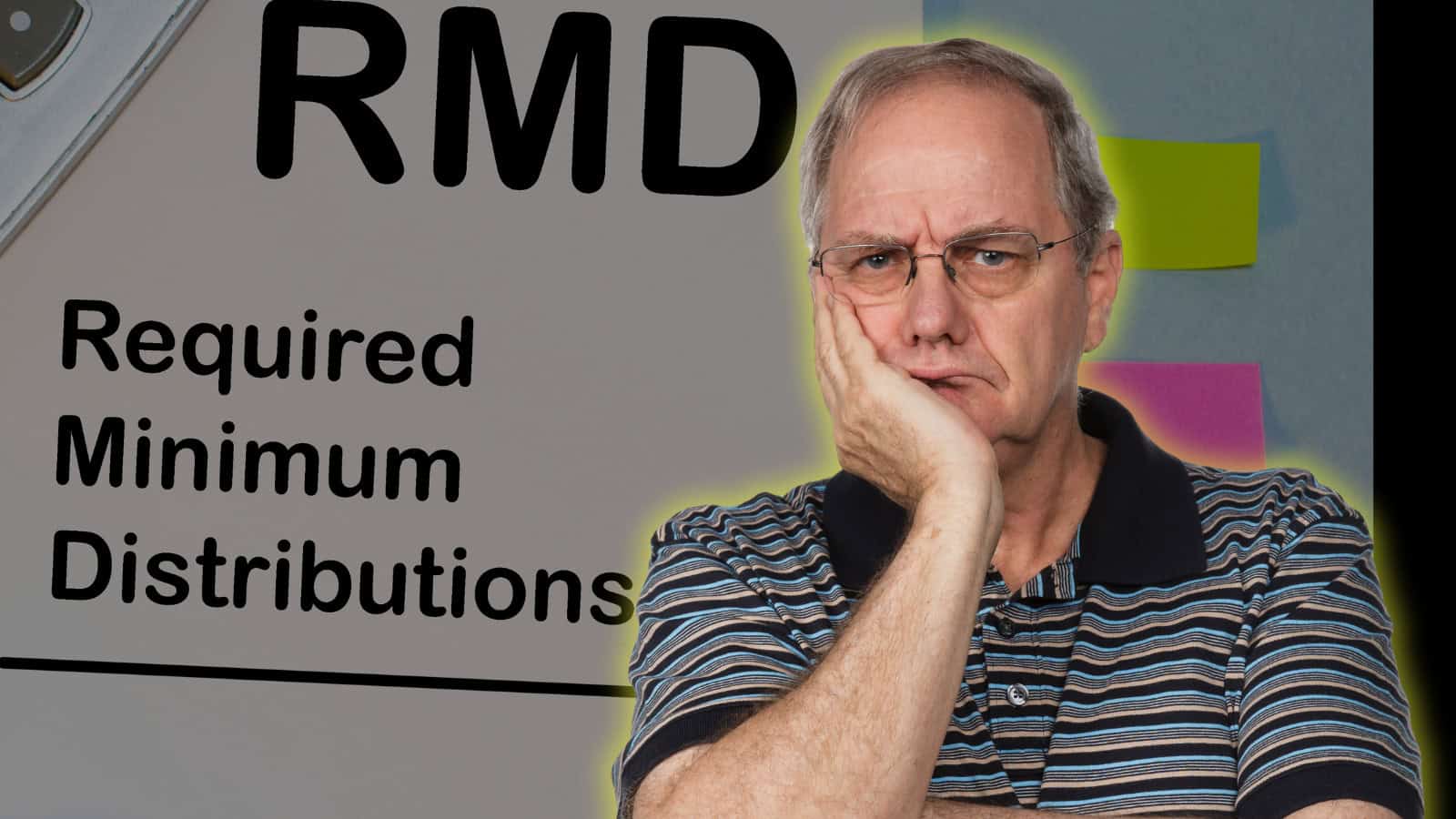Personal Finance
Beware of These Common Pitfalls When Calculating Your Annual RMD

Published:

Required Minimum Distribution (RMD) refers to the minimum amount you must withdraw from your retirement accounts once you reach a certain age. This IRS-mandated rule requires you to withdraw your RMD amount at least once a year. If you have a traditional IRA, 401(k), 403(b), or other tax-deferred retirement account, RMDs are required.
Failure to make your full RMD withdrawal can result in a 25% penalty tax.
Are you ahead, or behind on retirement? SmartAsset’s free tool can match you with a financial advisor in minutes to help you answer that today. Each advisor has been carefully vetted, and must act in your best interests. Don’t waste another minute; get started by clicking here here.(Sponsor)
Missing a withdrawal due date is an easy way to be hit with a bigger tax bill.
Making a qualified charitable distribution can save tax dollars for retirees who have more money than they need.
There’s much to learn about RMDs, but they’re pretty straightforward once you understand how they work. That doesn’t mean there aren’t potential pitfalls, though. Here are five of the most common:
Let’s say you take a year-long cruise or are hospitalized for a portion of the year and forget to take your full RMD. Failure to make the full withdrawal can result in an excise tax of 25% on the amount you didn’t take out. If you correct the issue within two years, the tax may be knocked down to 10%. Still, it’s an expensive mistake to make.
Failure to withdraw the full amount may not be due to being distracted. It may just be a matter of incorrectly calculating how much you’re supposed to withdraw. Let’s say your calculations are off by $5,000. That means the $5,000 you let ride in your retirement account is subject to a 25% tax.
Fortunately, several online tools make the RMD calculation easy by doing the math for you. You may want to check out:
Your first required minimum distribution is no later than April 1, following the year you turn 73. In subsequent years, you must take your RMD by December 31. Missing the deadline can result in paying far more than you would otherwise pay in taxes. The good news is this is one of the easiest pitfalls to avoid. Mark your calendar so you never forget when RMDs are due, or better yet, set up automatic withdrawals so you don’t have to worry about missing a deadline.
You’re required to include all retirement accounts when calculating your annual RMD. It’s possible to become busy in retirement and forget to withdraw from older or smaller retirement plans.
If you’re fortunate enough to have more retirement income than you need, you may consider donating a portion of the funds to your favorite charity. Properly executed, qualified charitable distributions (QCDs) aren’t factored into your adjusted gross income for the year, which lowers your tax bill. Here’s the catch: QCDs must be made by direct distribution. If you take an RMD and then write a check to a charity, you will be taxed on the entire amount you withdrew. Instead, the money must be transferred directly from your IRA account to a qualified charity, bypassing you entirely.
If you don’t have an IRA, you can transfer money from a 401(k) or 403(b) to an IRA without being taxed or penalized. The trick is to remember that the transfer of funds must be completed by December 31 of the prior year.
According to the IRS, RMD rules require you to withdraw from SIMPLE and SEP IRAs once you reach age 72. If you reach 72 in 2023 or later, the age is boosted to 73. This rule holds true even if you’re still employed.
If you own a Roth IRA, you’re not required to take withdrawals during your lifetime. However, after your death, beneficiaries of your Roth IRA are subject to RMD rules.
Generally, RMDs are taxed as ordinary income for the tax year the withdrawal is made. The need to pay taxes helps explain why RMDs exist. One of the ways the government encourages us to save for retirement is by allowing us to make tax-free contributions toward most types of retirement plans while working. However, Uncle Sam eventually wants to be paid. RMDs are the government’s way of collecting taxes on money earned tax-free years earlier.
While dealing with another set of rules and deadlines may sometimes feel like a hassle, RMDs are a great way to supplement your retirement. The last thing you want to do is waste any of that money by having to pay a penalty.
Start by taking a quick retirement quiz from SmartAsset that will match you with up to 3 financial advisors that serve your area and beyond in 5 minutes, or less.
Each advisor has been vetted by SmartAsset and is held to a fiduciary standard to act in your best interests.
Here’s how it works:
1. Answer SmartAsset advisor match quiz
2. Review your pre-screened matches at your leisure. Check out the advisors’ profiles.
3. Speak with advisors at no cost to you. Have an introductory call on the phone or introduction in person and choose whom to work with in the future
Thank you for reading! Have some feedback for us?
Contact the 24/7 Wall St. editorial team.